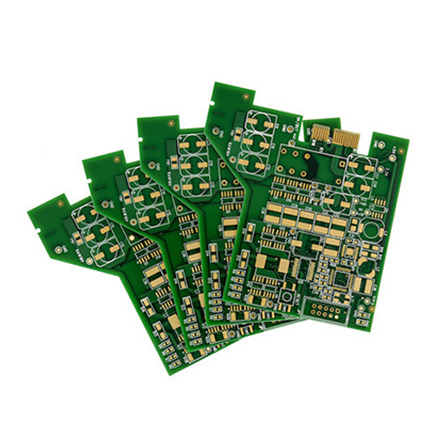

Low-E 272 Glass The Future of Energy-Efficient Windows
In the pursuit of energy efficiency and sustainability, building materials play a crucial role. One of the standout innovations in this domain is Low-E 272 glass. This advanced glazing technology is designed to enhance energy performance, offering remarkable benefits for residential and commercial buildings alike.
Low-E, or low-emissivity glass, is treated with a thin, transparent coating that reflects heat while allowing sunlight to enter. The 272 specification refers to the glass's performance in terms of solar heat gain coefficient (SHGC) and visible transmittance (VT). Specifically, Low-E 272 glass allows approximately 27% of solar heat to pass through while providing 72% visible light transmission. This striking balance makes it an ideal choice for windows, maximizing natural daylight while minimizing heat loss.
Low-E 272 Glass The Future of Energy-Efficient Windows
In hot climates, Low-E 272 glass excels in keeping indoor temperatures stable. By reflecting a part of the solar heat away from the building, it helps maintain a cooler interior, reducing the demand for air conditioning. This characteristic is especially beneficial for energy-conscious homeowners and businesses aiming to lower their carbon footprint.

Moreover, Low-E 272 glass contributes to environmental sustainability. By optimizing energy efficiency, it helps reduce greenhouse gas emissions associated with heating and cooling. The increased use of energy-efficient materials in construction aligns with global efforts to combat climate change, making Low-E 272 glass a responsible choice for eco-conscious consumers.
Another advantage of Low-E 272 glass is its aesthetic appeal. It allows ample natural light to illuminate spaces, creating bright and inviting interiors without compromising privacy or comfort. With its clear view and reduced glare, it enhances the visual quality of both residential and commercial buildings.
Furthermore, advancements in Low-E glass technology have led to improved durability and longevity. This means that buildings equipped with Low-E 272 glass not only enjoy immediate energy savings but also require less frequent window replacements, further reducing material waste and environmental impact.
In conclusion, Low-E 272 glass represents a significant leap forward in the quest for energy-efficient building materials. Its balanced performance in terms of heat retention and light transmission makes it a versatile option for various applications. As we continue to prioritize sustainability in our built environments, Low-E 272 glass stands out as an innovative solution that meets both energy efficiency and aesthetic needs, paving the way for a greener future.